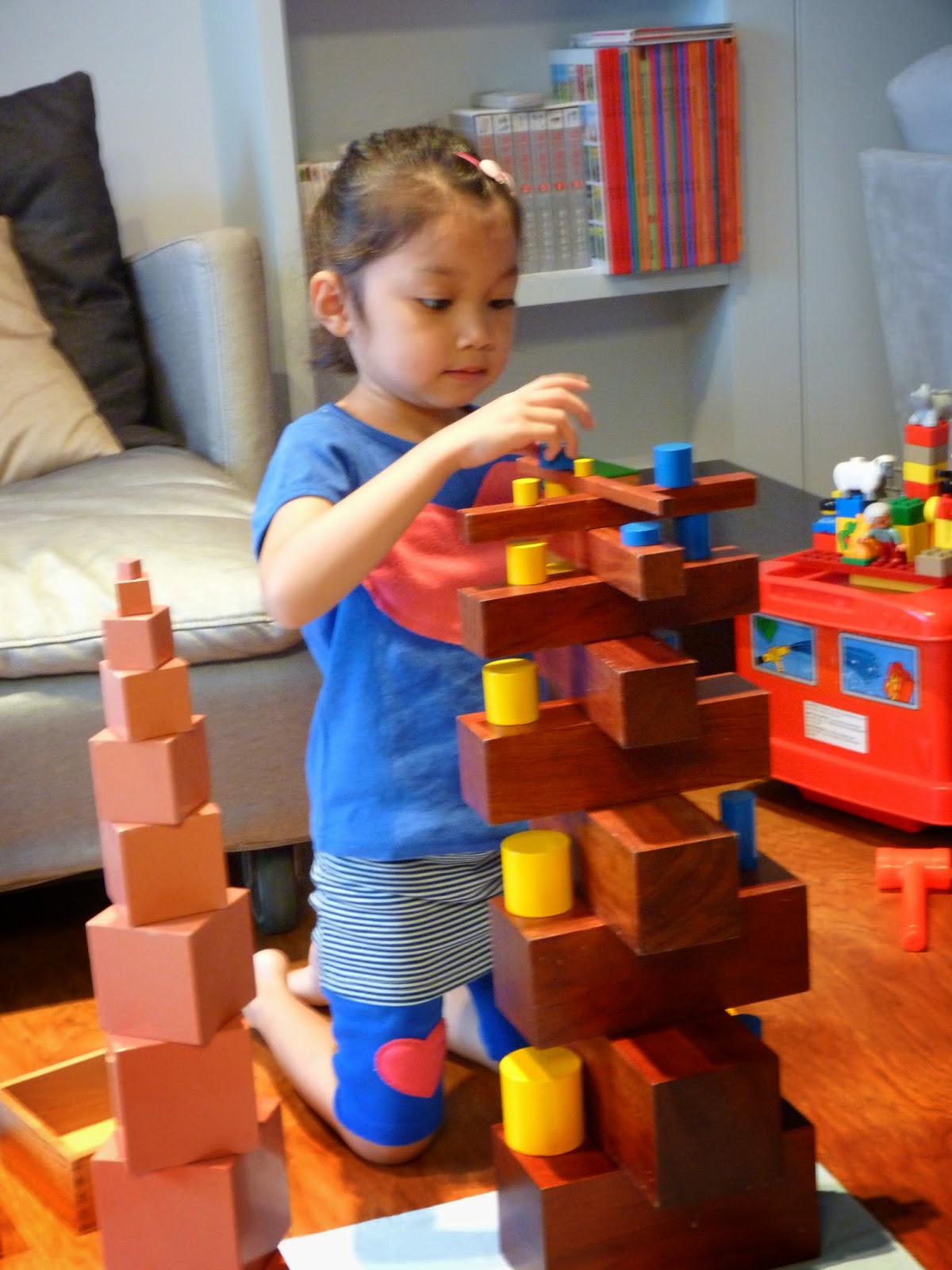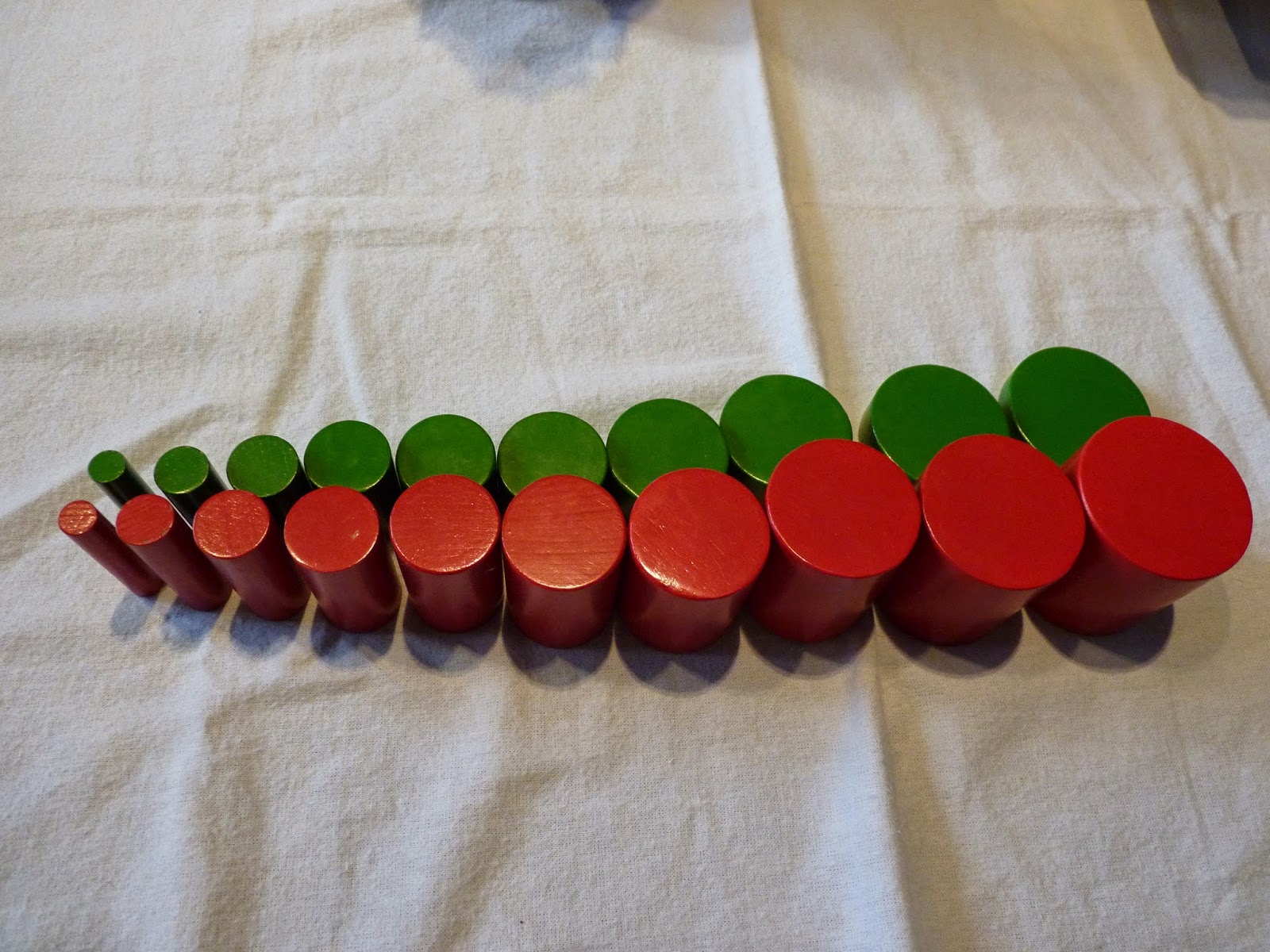Typically typhoon day is when schools, classes, offices are closed and everybody has so called typhoon holiday. But this typhoon was nothing but typical ...
First - it kept me awake throughout most of the night (I managed to fall asleep between 3 and 4am an 6 and 7:30am). The wind and rain were so strong that the windows and balcony door in our bedroom were rattling like crazy. I was afraid that the whole balcony door is going to get blown in. With every stronger gust of wind I would jump out of bed an run over to the door to ... hold it. I know, I know ... what did I think ...
Here is a short clip I took in the morning:
Second - because of typhoon Zosia couldn't go to Ilan to translate for a Polish theater at a theater workshop.
Third - This typhoon left a BIG mess around our house.
First - it kept me awake throughout most of the night (I managed to fall asleep between 3 and 4am an 6 and 7:30am). The wind and rain were so strong that the windows and balcony door in our bedroom were rattling like crazy. I was afraid that the whole balcony door is going to get blown in. With every stronger gust of wind I would jump out of bed an run over to the door to ... hold it. I know, I know ... what did I think ...
Here is a short clip I took in the morning:
Second - because of typhoon Zosia couldn't go to Ilan to translate for a Polish theater at a theater workshop.
Third - This typhoon left a BIG mess around our house.
 |
| A fallen tree on the stairs to our house. |
 |
| Papaya tree down. |
 |
| Leaves, leaves everywhere. |
 |
| And ... the roof of our house! |
And what were we doing at home?
Lesson as usual :-)
Zosia was doing math - geometry review;
history - reading about Byzantine Empire
and finishing her Prezi timeline project on History of Medicine.
history - reading about Byzantine Empire
and finishing her Prezi timeline project on History of Medicine.
Jaś has done math,
reviewed what he's learned about water in science,
wrote an article in English about Hama Beads for The Awesome Playgroup News
and wrote a blog post about Juming camp
Ania worked with Montessori Sensorial Materials - Pink Tower, Brown Stairs, Knobless Cylinders:
 |
| A twisted Pink Tower |
 |
| I've shown Ania this construction yesterday and today she was able to recreate it by herself. |
 |
| Ania was proud of her work. |
This typhoon has not finished it's destruction - in the evening a Taiwanese plane went down trying to land on one of the small islands off the coast of Taiwan. It's all because of the bad weather ... Many people lost their lives. I hope that there is never going to be a horrible typhoon like this again.




Comments
Post a Comment